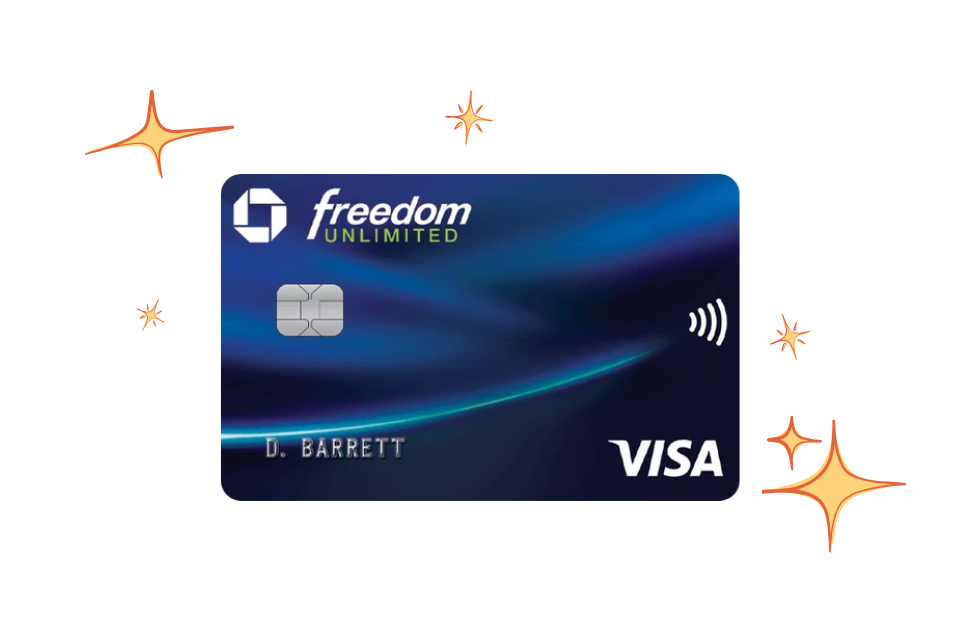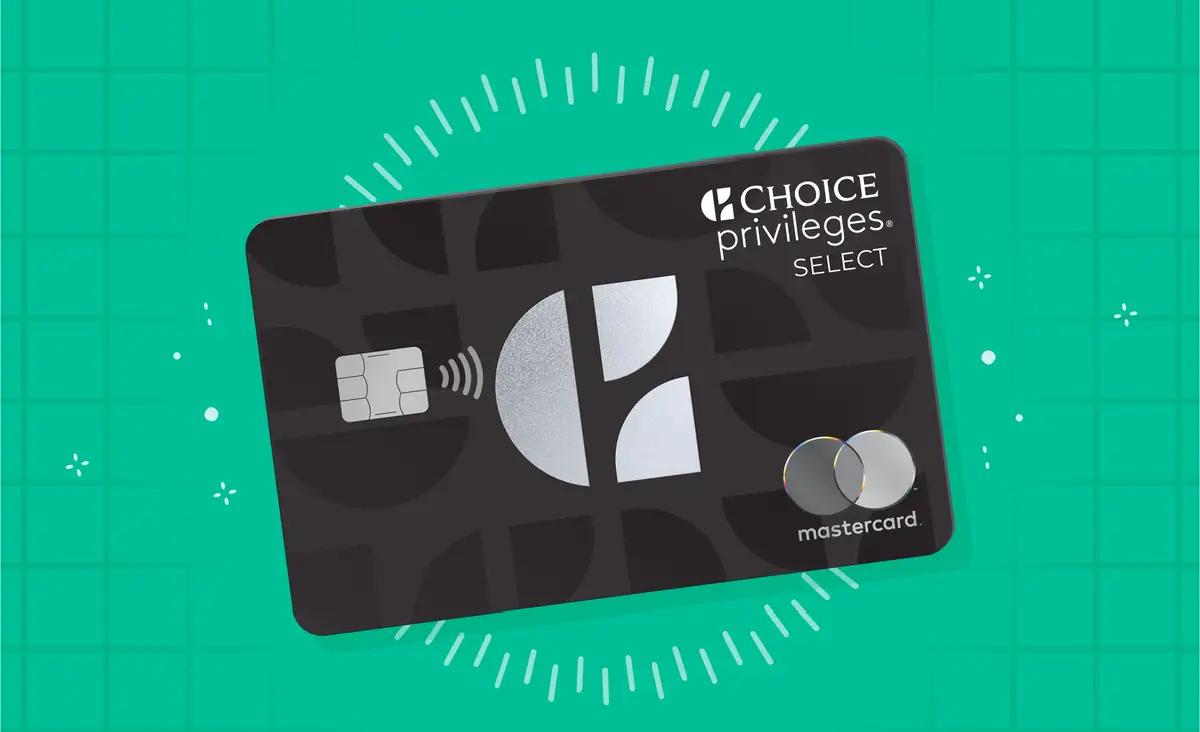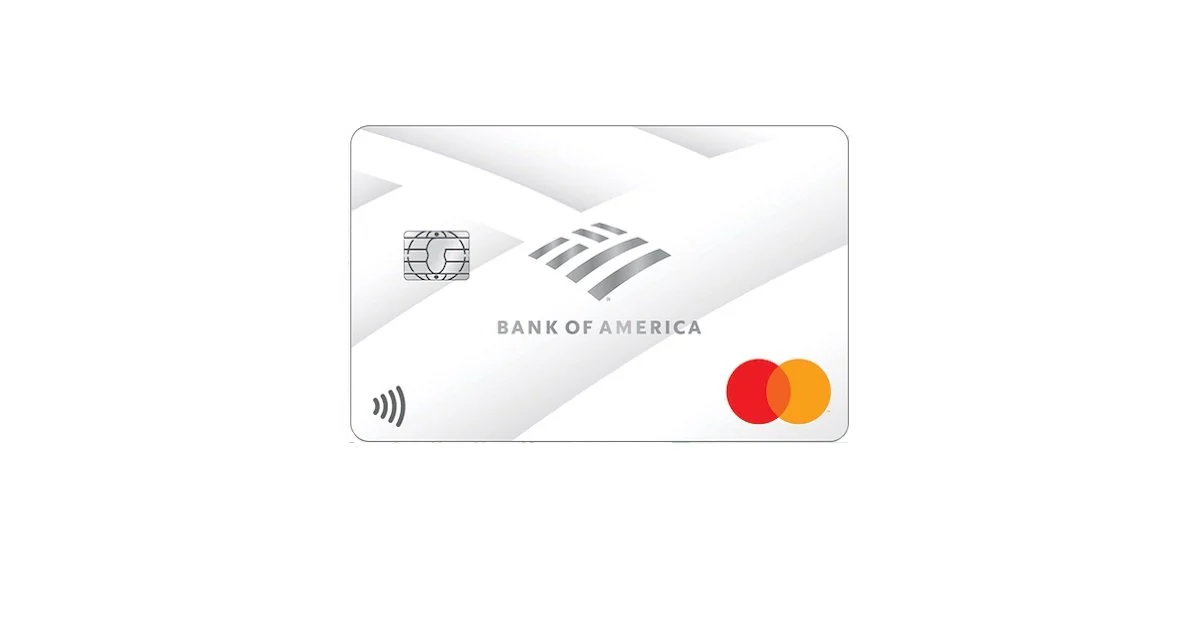How to control monthly expenses using only a credit card

Understanding Credit Card Benefits for Expense Management
Managing your finances can often feel overwhelming, with numerous bills, subscriptions, and everyday purchases constantly vying for your attention. Utilizing a credit card can be an effective solution to not only streamline your spending process but also to reap various rewards. When used judiciously, a credit card offers an array of benefits that can help simplify your monthly budget.
Expense Tracking Made Easy
Expense tracking is one of the most valuable features of using a credit card. Each month, credit card issuers provide you with a detailed statement that categorizes your spending into various segments, such as groceries, dining, travel, and entertainment. This can be particularly beneficial for individuals aiming to stick to a budget or identify areas where they might be overspending. For instance, if your statements show you spent a surprising amount on dining out, you can adjust your budget to allocate more for groceries and home-cooked meals in the coming month.
Rewards and Cash Back Opportunities
Many credit cards come with their own rewards or cash back programs, which can be an excellent way to get something back from what you spend. For instance, a card might offer 2% cash back on groceries and 1% on all other purchases. By using that card consistently for your grocery shopping, you could earn enough rewards to redeem for travel or even save on future bills. Consider how a family of four could benefit: Maybe they will accumulate enough points for a weekend getaway just by putting their regular grocery bills on their rewards card.
Built-in Budgeting Tools for Financial Clarity
Another perk of using a credit card is the built-in budgeting tools offered by many issuers. Some credit cards provide features that allow you to categorize purchases automatically. This means that rather than mentally keeping tabs on expenses, you can see where your money goes at a glance. Many credit card apps also allow you to set spending alerts or monthly spending limits, empowering you to remain within the budget you’ve set for yourself.
While these tools can be incredibly helpful, it’s crucial to make informed choices regarding your credit card use. Setting a clear payment strategy is vital. Aim to pay off your balance in full each month to avoid accruing interest and accumulating debt. Additionally, keeping an eye on your credit limit can prevent overspending. For example, if you have a credit limit of $5,000, try not to spend more than 30% of that limit on a month-to-month basis to maintain a good credit utilization ratio. This keeps your credit score healthy and sets a strong financial foundation.
In conclusion, managing monthly expenses with a credit card can be straightforward and advantageous if approached with mindfulness and strategy. By leveraging the expense tracking features, taking advantage of rewards programs, and utilizing budgeting tools, you can not only gain greater control over your financial situation but also enjoy the benefits that come with responsible credit card use. With consistent and disciplined management, you can transform your credit card from a potential source of debt into a tool for financial empowerment.
CHECK OUT: Click here to explore more
Leveraging Credit Card Features for Effective Expense Control
When it comes to managing your monthly expenses, understanding how to leverage your credit card’s features can be a game-changer. With a little know-how, you can use your card not just as a payment tool but as a powerful assistant in staying within your budget. Let’s explore how you can harness the various features of your credit card for better financial control.
Establishing Monthly Spending Categories
One of the first steps in controlling expenses is to identify and establish spending categories. By categorizing your expenses, you can track how much you spend in each area and make adjustments when necessary. Here’s a simple approach to get you started:
- Essentials: Groceries, utilities, and transportation
- Discretionary: Dining out, entertainment, and shopping
- Savings: Any investments or contributions to savings accounts
To effectively manage these categories, review your previous months’ credit card statements to see how much you have been spending in each area. This will give you a benchmark to create a realistic budget for the upcoming month. For example, if you find you’ve been spending $400 on dining out, you might set a budget of $300 for the next month, encouraging you to eat in more often or choose less expensive dining options.
Utilizing Alerts and Notifications
Another practical feature many credit cards offer is spending alerts. These notifications can help you stay informed and engaged with your spending habits. You can set up alerts for various events, such as:
- When you reach a certain percentage of your credit limit
- When your bill is due
- When a recurring charge is posted
By keeping these alerts in mind, you can avoid overspending and potential late fees. For example, if you receive an alert that you’ve reached 75% of your spending limit, you might reconsider any additional purchases for that month, helping you to remain within your budget.
Implementing a Rewards Strategy
Many people overlook the fact that credit card rewards can play a crucial role in controlling expenses. By focusing on maximizing rewards, you can effectively reclaim more value from your spending. Here’s how you can create a rewards strategy:
- Choose a card that aligns with your spending habits—if you frequently shop for groceries, opt for a card that offers higher cash back on those purchases.
- Use your card for all regular expenses—paying bills, subscriptions, and even small purchases can add up to significant rewards over time.
- Stay informed about special bonus categories—some cards offer higher rewards for limited-time promotions, so take advantage of these opportunities when they arise.
By implementing this rewards strategy, you can turn necessary purchases into opportunities for savings or even free travel. The key is to use your credit card as a tool for managing expenses, rather than allowing it to become a pathway to debt.
In summary, by categorizing your spending, utilizing alerts, and implementing a rewards strategy, you can effectively control your monthly expenses with the help of your credit card. Just remember, responsible usage combined with mindfulness in spending can pave the way for a healthier financial future.
CHECK OUT: Click here to explore more
Building a Smart Payment Strategy
A well-thought-out payment strategy can significantly impact your ability to control monthly expenses using your credit card. By being strategic about how and when you use your card, you can avoid pitfalls while maximizing benefits. Here’s how to build a smart payment strategy that keeps your expenses in check.
Paying Your Balance in Full
One of the most crucial aspects of using a credit card wisely is making it a habit to pay your balance in full each month. This practice prevents accruing interest, which can quickly escalate your overall spending. It can be tempting to carry a balance from month to month, but doing so often leads to being trapped in a cycle of debt.
For example, if you have a balance of $1,000 with an interest rate of 20%, you could end up paying an additional $200 over the course of the year just in interest. By committing to clear your balance monthly, you keep your spending predictable and avoid that financial burden.
Taking Advantage of Introductory Offers and Interest-Free Periods
Many credit cards come with introductory offers that can be beneficial. For instance, some cards provide zero interest for the first 12 to 18 months or offer bonus rewards for a set amount of spending during your initial months as a cardholder. Leverage these features wisely by scheduling larger, necessary purchases during this interest-free period.
Imagine needing to buy a new laptop that costs $800. If you know you can pay it off within the promotional period, taking advantage of that offer means you don’t pay interest, making your purchase much more affordable. Just ensure that you layout a clear plan for repayment before the promotional period ends to avoid unexpected charges.
Organizing Automatic Payments
Setting up automatic payments for recurring bills using your credit card can also streamline your expense management. This approach not only ensures that you never miss a payment, avoiding late fees, but it also allows you to build your payment history, which can be beneficial for your credit score.
Think about your regular expenses, like your monthly subscriptions for streaming services, insurance premiums, or utility payments. By automating these payments with your credit card, you effectively manage your cash flow by having funds withdrawn at predictable intervals, making it easier to budget and avoid overspending in other categories.
Reviewing Your Statements Regularly
To fully harness the power of your credit card in managing monthly expenses, develop a habit of reviewing your credit card statements regularly. This practice provides insights into your spending habits and highlights areas for improvement. Take time each month to thoroughly analyze your statement for any unauthorized charges, overspending in categories, or forgotten subscriptions.
For example, suppose you notice that you’ve been charged for a streaming service you no longer use. Canceling that subscription could save you $10 or more each month, allowing you to redirect those funds toward savings or necessities. Not only does this help you control frivolous spending, but it keeps you proactive about your financial health.
By adopting a smart payment strategy through full balance payments, taking advantage of credit offers, automating payments, and reviewing statements regularly, you can effectively control your monthly expenses with your credit card. Each step reinforces a responsible approach to spending that will benefit you in the long run.
CHECK OUT: Click here to explore more
Conclusion
Controlling your monthly expenses using only a credit card may initially seem challenging, but with the right approach, it can be a powerful tool for financial management. To recap, establishing a routine that includes paying your balance in full, leveraging introductory offers, setting up automatic payments, and regularly reviewing your statements is essential for maintaining control over your finances.
By prioritizing full payments, you avoid the trap of accruing interest that can hinder your financial goals. Utilizing promotional offers wisely allows for smart spending without extra costs, aiding in better budget management. Automatic payments not only ensure timely bill settlements but also help in simplifying your budgeting process, as you can anticipate regular withdrawals from your account.
Furthermore, regularly reviewing your statements is a practical habit that empowers you to identify unnecessary expenses or potential savings, ultimately enhancing your overall financial health. Remember, the key is to approach your credit card not just as a convenience but as a tool that requires discipline.
By implementing these strategies, you can enjoy the benefits of credit card usage without falling into the common pitfalls of overspending and debt. With thoughtful management and a proactive mindset, you’ll find that a credit card can indeed serve as a reliable ally in achieving your financial objectives while keeping your monthly expenses in check.


